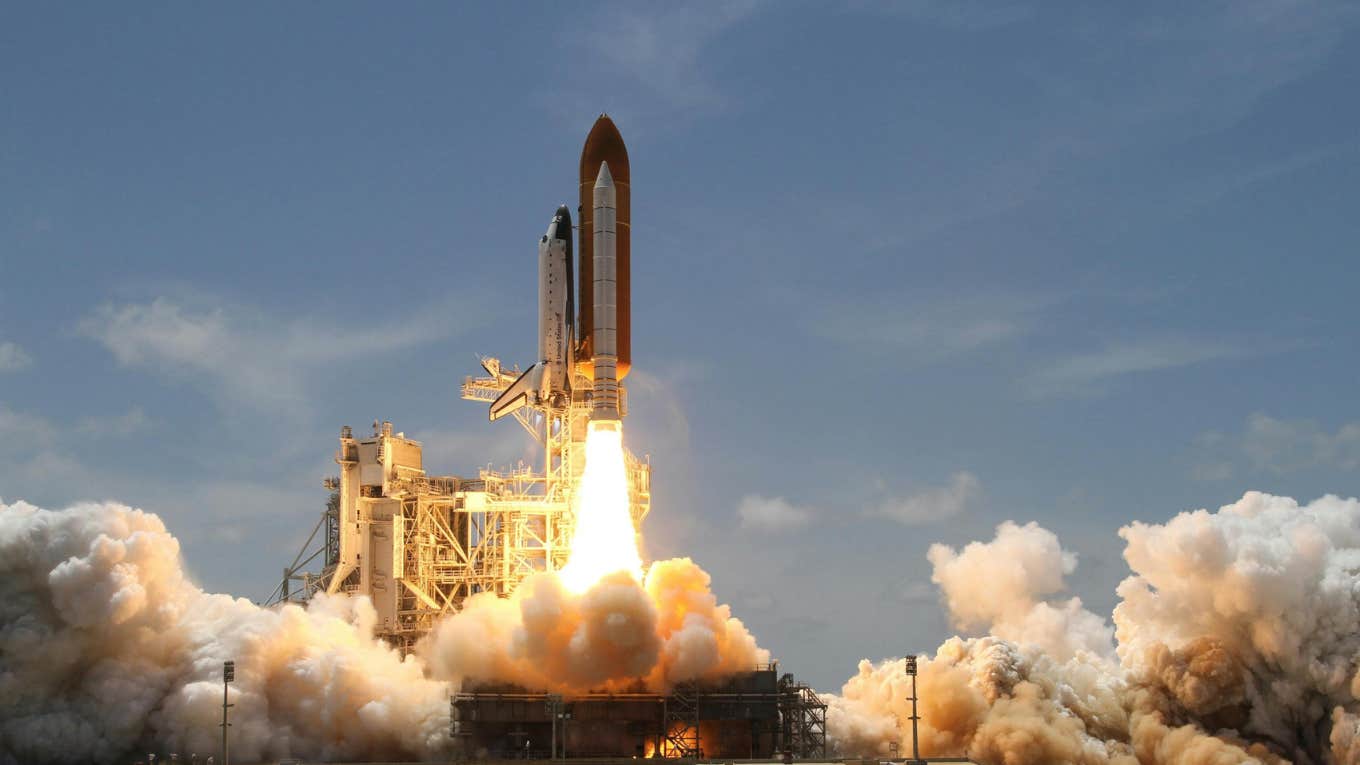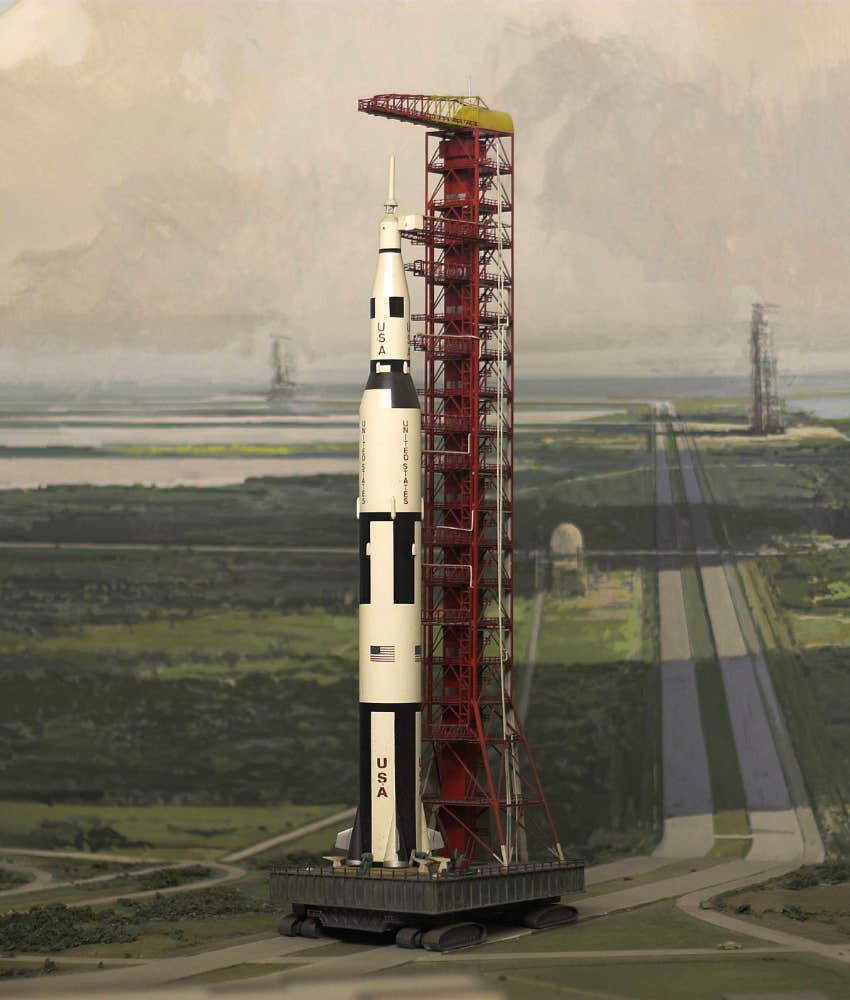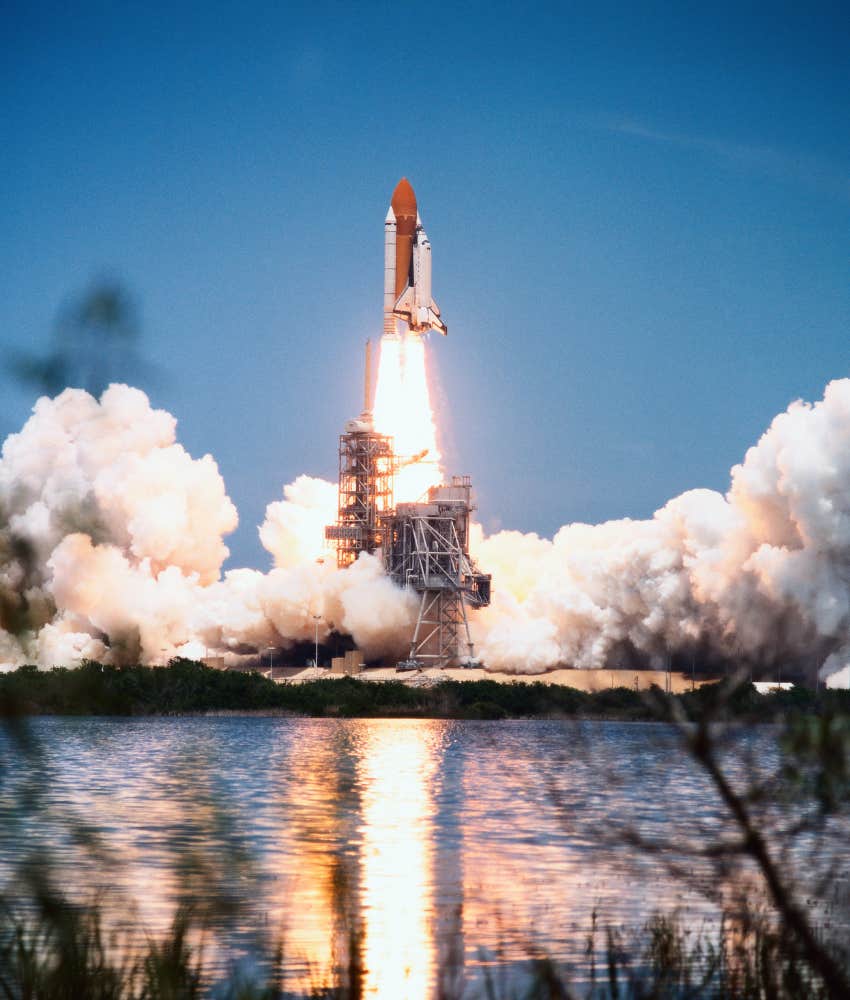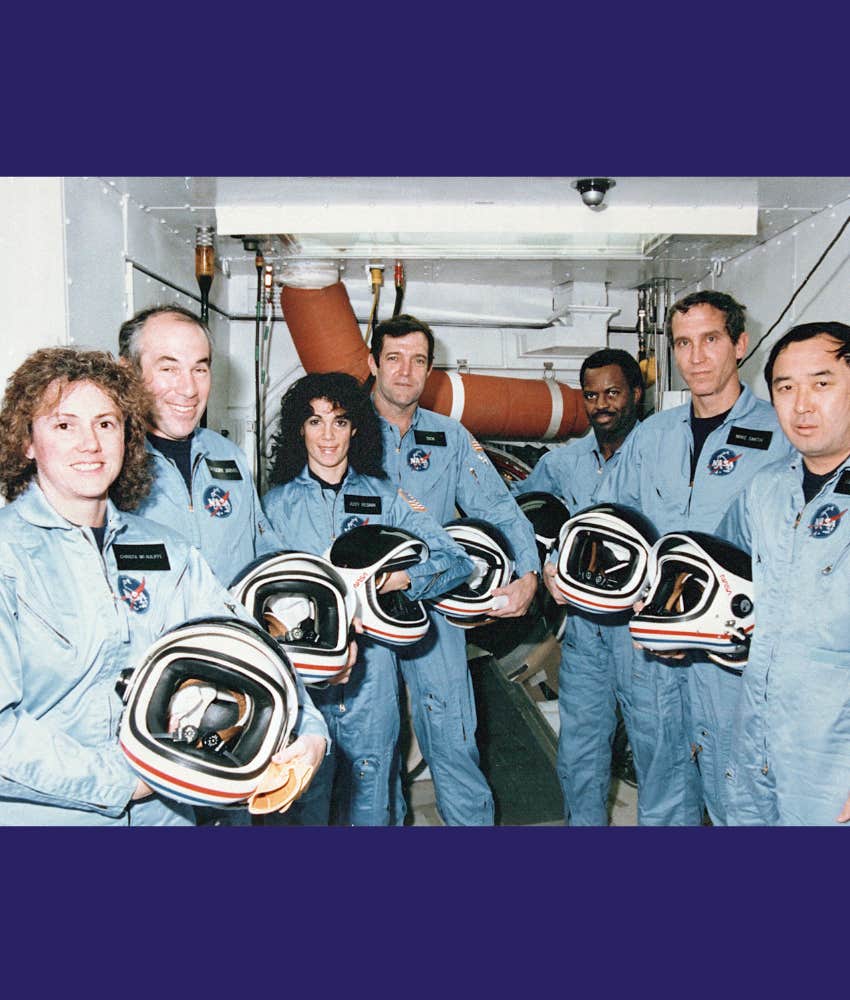Two Men Knew Exactly What Was Going To Happen To The Challenger Space Shuttle — But Their Warnings Were Ignored
Their dire prediction changed their lives.
 Pixabay / Pexels
Pixabay / Pexels There are certain moments in history that stay lodged in our national consciousness, events that connect people in a wellspring of deep emotion.
The launch and subsequent explosion of the space shuttle Challenger on January 28, 1986 is one of those events.
Two men knew exactly what was going to happen to the Challenger, but their warnings were ignored.
On January 27, 1986, those two men spent six hours in a meeting with NASA, trying to delay the Challenger’s launch. Roger Boisjoly was a senior engineer at Morton-Thiokol, the manufacturing company that built the solid rocket boosters for the space shuttle. Bob Ebeling was his manager.
 Photo: boxster / Canva Pro
Photo: boxster / Canva Pro
Temperatures in Cape Canaveral, Florida, were predicted to dip below freezing. Boisjoly and Eberling knew that the cold weather would cause the rocket boosters to malfunction. Specifically, the cold would affect the rubber seals, called O-rings, which expand when the rockets are ignited and work to seal any gaps.
"When solid rocket boosters leak, they explode," Boisjoly told The Guardian in 2001.
"On the day Challenger launched it was very cold, and when the temperatures dropped these rubber O-rings became harder and less pliable,” he explained. “Hard O-rings move slower and they seal less effectively. There might only be [a] fraction of a second's difference but that is enough to separate success from total disaster."
Boisjoly had been sounding the alarms to test the O-rings for six months prior to the Challenger’s launch date. His warnings weren’t heeded.
He was part of a task force at Morton-Thiokol to look into the issue, but there was a shortage of both equipment and personnel, leading to a standstill.
On July 31, 1985, Boisjoly wrote a memo to the company’s vice president, begging for something, anything, to be done.
"It is my honest and very real fear, that if we do not take immediate action... We stand in jeopardy of losing a flight, along with all the launch pad facilities,” the memo proclaimed. “The result would be a catastrophe of the highest order — loss of human life."
Despite dire safety concerns, there were political and social pressures tied to the Challenger’s launch. President Ronald Reagan was preparing for The State of the Union, and he wanted to announce that the space shuttle was successfully orbiting.
The launch was going to be broadcast to classrooms across the United States, as part of NASA’s Teachers in Space initiative. Students were going to witness the Challenger’s seven astronauts take off, including Christa McAuliffe, a teacher who was chosen for the mission.
Boisjoly and Ebeling knew that the fate of the Challenger and the seven astronauts on board were doomed from the start.
The night before the launch, the engineers tried to convince NASA to delay the mission, which had already been pushed back multiple times. Yet at the end of that meeting, the senior managers at Morton-Thiokol overrode Boisloy and Ebeling, and told NASA to launch.
On January 28, 1986, the Challenger launched. 73 seconds later, it exploded midair.
"There was silence for the longest time," Boisjoly said. "Then I went to my office, sat facing the wall and tried to hold back my emotions."
Three weeks after the tragedy, Boisjoly and Eberling spoke to NPR under conditions of confidentiality.
 Photo: Stockbyte / Canva Pro
Photo: Stockbyte / Canva Pro
"I fought like [expletive] to stop that launch,” Boisjoly told NPR. “I'm so torn up inside I can hardly talk about it, even now."
In 1987, NPR followed up on their initial conversation with Boisjoly, who stated, "I'm very angry that nobody listened... We were talking to the right people. We were talking to the people who had the power to stop that launch," he continued.
The emotional trauma he carried propelled him into action. Boisjoly spent the rest of his life going to schools to speak about ethical decision-making. He told his wife, Roberta, “This is what I was meant to do: To have impact on young people's lives." Boisjoly died in 2012 at age 73.
In 2016, on the 30th anniversary of the Challenger’s tragic explosion, NPR spoke to Ebeling, who was then 89 years old.
 Photo: NASA / Canva Pro
Photo: NASA / Canva Pro
"NASA ruled the launch. They had their mind set on going up and proving to the world they were right and they knew what they were doing,” he said. “But they didn't."
"I could have done more. I should have done more,” Ebeling exclaimed, both in 1986 and 30 years later.
Ebeling died in March 2016. After going on record with NPR and telling his story, he received an outpouring of public support, which brought him peace. "You helped bring my worrisome mind to ease,” he told his supporters. “You have to have an end to everything."
Boisjoly and Ebeling did all that they could.
They were human, fallible, caught in the winds of forces larger than themselves. That the two men sought and found forgiveness, and spoke their truth, is what we should remember.
Alexandra Blogier is a writer on YourTango's news and entertainment team. She covers social issues, pop culture analysis and all things to do with the entertainment industry.

